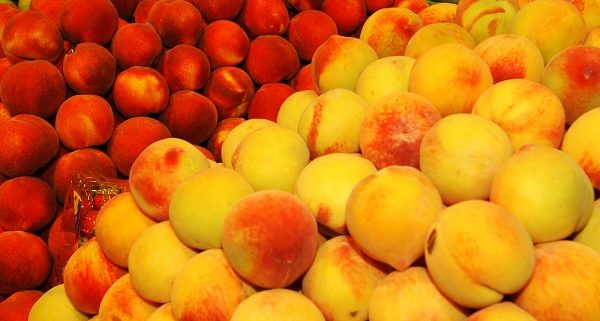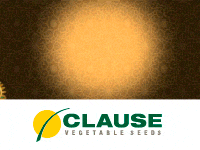Agro-Alimentary Cooperatives of Spain foresees for 2018 a decline in the harvest of stone fruit in Spain
Cooperativas Agro-alimentarias de España has prepared the forecast for the harvest of stone fruit in Spain in 2018 and aims that production will reach 1,800,000 tons, that is, 9% less than last year and an increase of 9%. % compared to the average of the last five campaigns.
By categories, the nectarine is still the fruit that supposes a greater volume, with an estimate of 596,735 t. (-13% in relation to 2017), followed by Paraguayan with 325,904 t. (- 9%), very close to the peach and the pavia, groups for which 314,685 t is expected. (-11%) and 304,673 t. (+ 2%), respectively. The plum suffers the most important production drop, with 118,003 t. (-21%) while the production of apricot is the only one that grows significantly up to 142,709 t. (+ 9%).
These are the data that Cooperativas Agro-alimentarias de España presented on May 9, at the two meetings held in Rimini (Italy): first at the meeting of the Contact Group of Peach, Nectarine and Apricot of the Spanish-Italian-Mixed Committee French, and then in the Forum convened by the Italian sector (“European Peschicoltura Forum”). In this forum, organized in the framework of the Macfrut fair, in which the representatives of the European organizations representative of the sector in France, Greece, Italy and Spain gathered, Javier Basols, president of the Bone Fruit Working Group, participated. of Cooperatives Agro-alimentary of Spain. There, the experts shared information and analyzed the forecasts of the different producing countries of the EU, the behavior of the market at the beginning of the campaign and the general trends of the sector at the level of production, consumption and marketing.
If last year production was record, reaching its maximum productive potential in Spain, this year the campaign is expected to be lower and will be marked by weather conditions and meteorological accidents that have occurred since the beginning of the year.
On the one hand, the cold hours have been propitious for an adequate vegetative development, and therefore a quality fruit is expected. However, due to the episodes of frost and hail in February and March, and hail and abundant rains in recent weeks in several producing areas, production is expected to fall by 9% compared to 2017 – which will be more accentuated in the first part of the campaign- and a delay of between 2 and 3 weeks is confirmed with respect to the previous campaign.
Regarding the behavior of the market, Basols has expressed confidence that the output of the fruit of the different regions is produced following a correct staggering and that the weather in the main sources of consumption in Europe soon reach and sustained summer temperatures, favorable to the consumption. In the chapter dedicated to the reflection on the “future strategies” of the sector, the representative of the cooperatives has referred to the great challenge that the sector in Spain should face in coordination with the administration: a structural adjustment of the sector with the objective of recover profitability for the farmer. For this, Basols points out the need to recover the balance supply demand, the opportunity to recover domestic consumption through promotion and to improve the concentration of supply and marketing in this sector.
Forecasts in Europe of harvest 2018 peach, pavia, Paraguayan and nectarine
Spain (with 1,541,997 tons) would foreseeably surpass Italy in production, which estimates a general decrease in production in all varieties and in all areas due to the frosts that occurred between the end of February and the beginning of March, and at the start of plantations in the northern zone.
France would experience a fall of 9.5%, standing at 200,166 t., Due to the production losses due to climatic incidents, but also to the decrease of the surface due to health or economic problems.
It is worth highlighting the significant upturn in production in Greece, which has announced an increase in its production to 810,000 t. (19% more than in 2017), mainly due to the increase in yellow peach production.


















